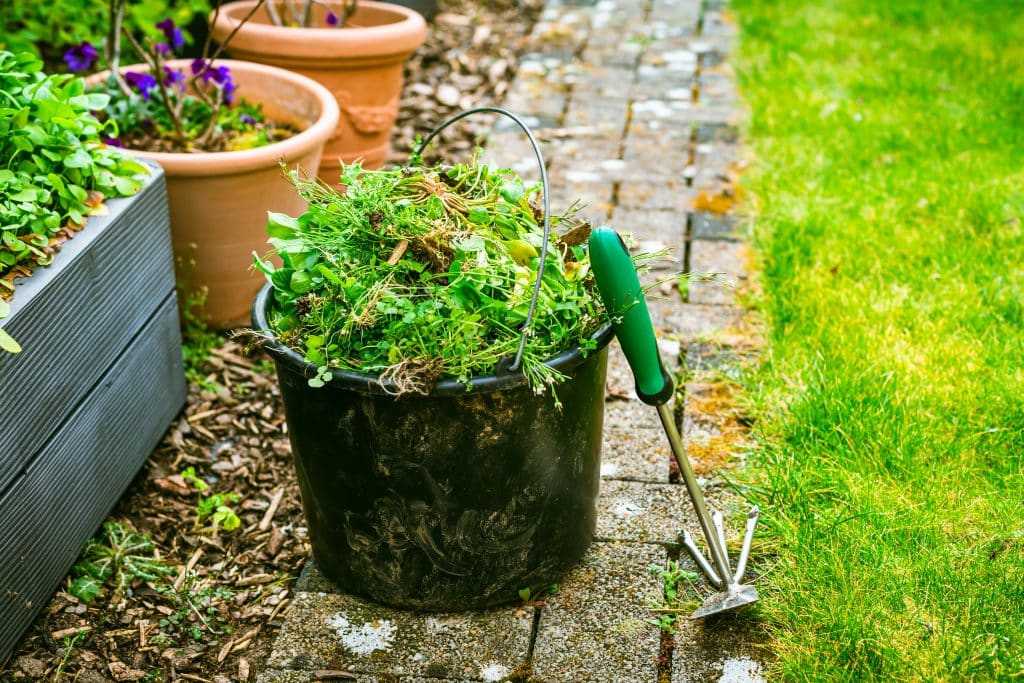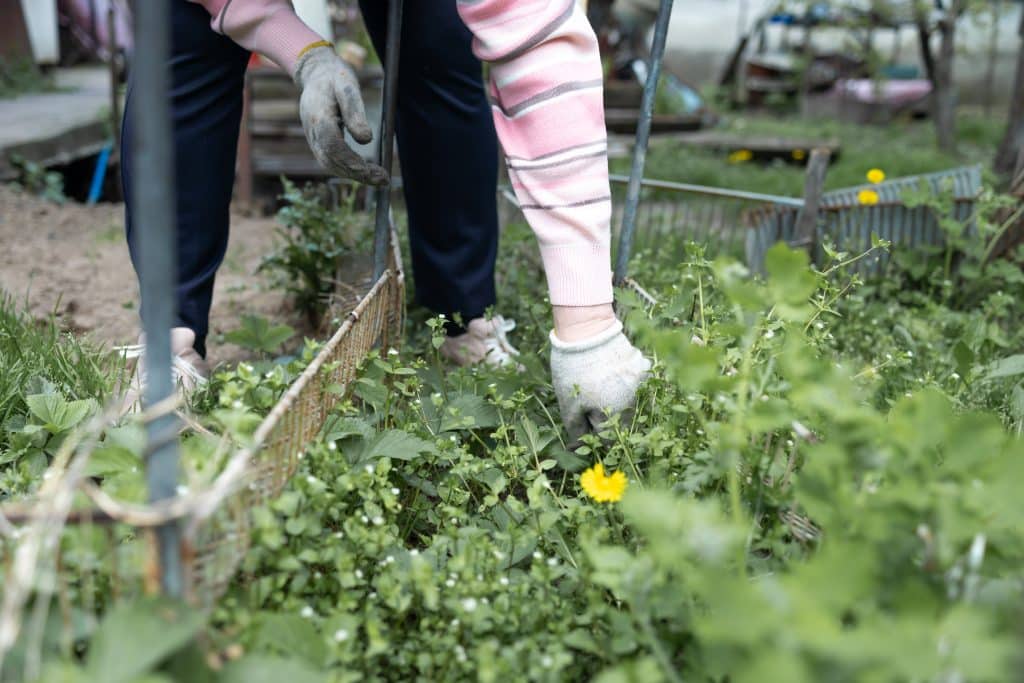Dandelions, known for their vibrant yellow flowers and characteristic fluffy seed heads, are common in gardens and lawns worldwide. While they may seem innocuous and even pretty to some, they are considered weeds due to their fast and invasive growth patterns. These hardy plants can crowd out other desirable vegetation and are generally considered a nuisance by gardeners and lawn owners. This article will delve into the various ways to effectively handle and remove these persistent plants.
Contents
- 1 Understanding Why Dandelions Grow In Your Garden
- 2 Best Manual Methods For Removing Dandelions
- 3 Utilizing Herbicides For Removing Dandelions
- 4 Employing Natural Methods In Removing Dandelions
- 5 Using Heat For Dandelion Removal
- 6 Encouraging Dandelion Predators
- 7 The Role Of Lawn Maintenance In Removing Dandelions
- 8 Seeking Professional Help For Dandelion Removal
- 9 The Bottom Line
Understanding Why Dandelions Grow In Your Garden
Before you delve into the specifics of how to eliminate dandelions, it’s crucial to understand why they grow so prolifically in your garden in the first place. Dandelions thrive in a variety of conditions but are particularly fond of full sunlight and well-drained soils. They can quickly take advantage of any gaps in your lawn, establishing deep roots that can make them difficult to remove.
Moreover, these plants are quite adept at surviving harsh conditions. They can flourish in both poor and fertile soil, and their deep taproots allow them to access water sources that might be inaccessible to other plants. By understanding these facts, you can formulate an effective strategy for dandelion removal.
Best Manual Methods For Removing Dandelions
There’s something to be said for the old-fashioned, hands-on approach to weeding. Physically pulling dandelions out of the ground is a time-honored method that has several advantages. It’s inexpensive, requires no special equipment, and, when done correctly, can be quite effective. The key is to make sure you remove the entire root of the dandelion; otherwise, it’s likely to grow back.
A specialized tool known as a weed digger can also be highly effective for removing dandelions. This tool allows you to penetrate the soil deeply and remove the entire root system, preventing regrowth. The weed digger also makes the process of pulling dandelions easier on your back and knees, as you don’t have to bend over as much as with hand pulling.
Utilizing Herbicides For Removing Dandelions
If the manual approach doesn’t appeal to you or if you’re dealing with a larger infestation, you might consider using a chemical herbicide. Many herbicides available on the market are designed to target broadleaf plants like dandelions without harming your grass. It’s important to apply these products according to the manufacturer’s instructions to ensure effective treatment and avoid any unnecessary harm to your lawn or surrounding plants.
While herbicides can be a powerful tool in the battle against dandelions, they should be used with caution. Some herbicides may be harmful to beneficial insects, birds, or even your pets. Always choose a product with care, considering its potential environmental and health impacts.
Employing Natural Methods In Removing Dandelions
For those interested in a more eco-friendly approach, there are natural alternatives available for dandelion removal. One such method involves using a solution made from vinegar and a little dish soap. The acid in the vinegar can kill dandelions, while the soap helps the solution stick to the leaves.
Another option is to use a salt solution. Salt dehydrates plants and can be effective against dandelions. However, salt can also damage your soil and prevent other plants from growing, so this method should be used judiciously and targeted directly at the dandelions. Be mindful that these natural methods, while less harmful to the environment, may require repeated applications for full effectiveness.
Using Heat For Dandelion Removal
If you’re up for a slightly more dramatic approach, using heat to kill dandelions can be an effective option. Tools like flame weeders can be used to apply a burst of heat to the plant, essentially cooking it and causing it to die. This method can be quite effective, as it kills the dandelion down to the root, preventing regrowth.
However, it’s crucial to use heat methods with extreme care. There is, of course, a risk of unintentional fire, especially in dry conditions. Additionally, indiscriminate use of a flame weeder can harm beneficial insects and other plants, so it’s important to target only the dandelions. Make sure to follow all safety precautions when using this method.
Encouraging Dandelion Predators
Interestingly, dandelions have a number of natural predators. Certain species of insects, birds, and even small mammals feed on dandelions and can help keep their population in check. Encouraging these creatures in your garden can contribute to your dandelion removal efforts.
Insects such as the dandelion weevil feed exclusively on dandelions, making them an effective natural control method. Some bird species, including the American goldfinch, also eat dandelion seeds. Additionally, small mammals like rabbits and groundhogs often eat dandelion leaves. Of course, you may not want a family of groundhogs living in your yard, so consider this method carefully.
The Role Of Lawn Maintenance In Removing Dandelions
A well-maintained lawn can play a significant role in dandelion prevention. Regular mowing can help keep dandelions in check, as it prevents them from reaching the flowering stage and spreading their seeds. Ensuring your lawn is dense and healthy can also prevent dandelions, as there will be less room for them to take root.
Proper watering practices can also discourage dandelion growth. Dandelions prefer moist soil, so by watering your lawn deeply but less frequently, you can encourage deeper root growth of your grass while making the surface less hospitable to dandelions. A well-fed, healthy lawn is your best defense against these persistent weeds.
Seeking Professional Help For Dandelion Removal
When all else fails, or if your dandelion problem is extensive, it may be time to seek professional help. Lawn care professionals have the tools, knowledge, and experience to effectively deal with a dandelion infestation. They can assess your lawn’s condition, identify the most effective method of removal, and implement it safely and efficiently.
Professional services might also offer ongoing lawn maintenance, which can prevent future dandelion infestations. While hiring a professional does come at a cost, it can be a worthwhile investment in the health and appearance of your lawn.
The Bottom Line
In conclusion, dandelion removal may seem like a daunting task, but with the right knowledge and tools, it is certainly achievable. Whether you opt for manual removal, the use of herbicides, natural remedies, heat, or even professional help, it’s about finding the method that best suits your situation and preferences.
Remember, the health and maintenance of your lawn play a significant role in preventing dandelion growth. Therefore, regular lawn care should accompany whichever removal method you choose. Feel free to share your experiences with dandelion removal or reach out if you have further questions. Here’s to a beautiful, dandelion-free lawn!






